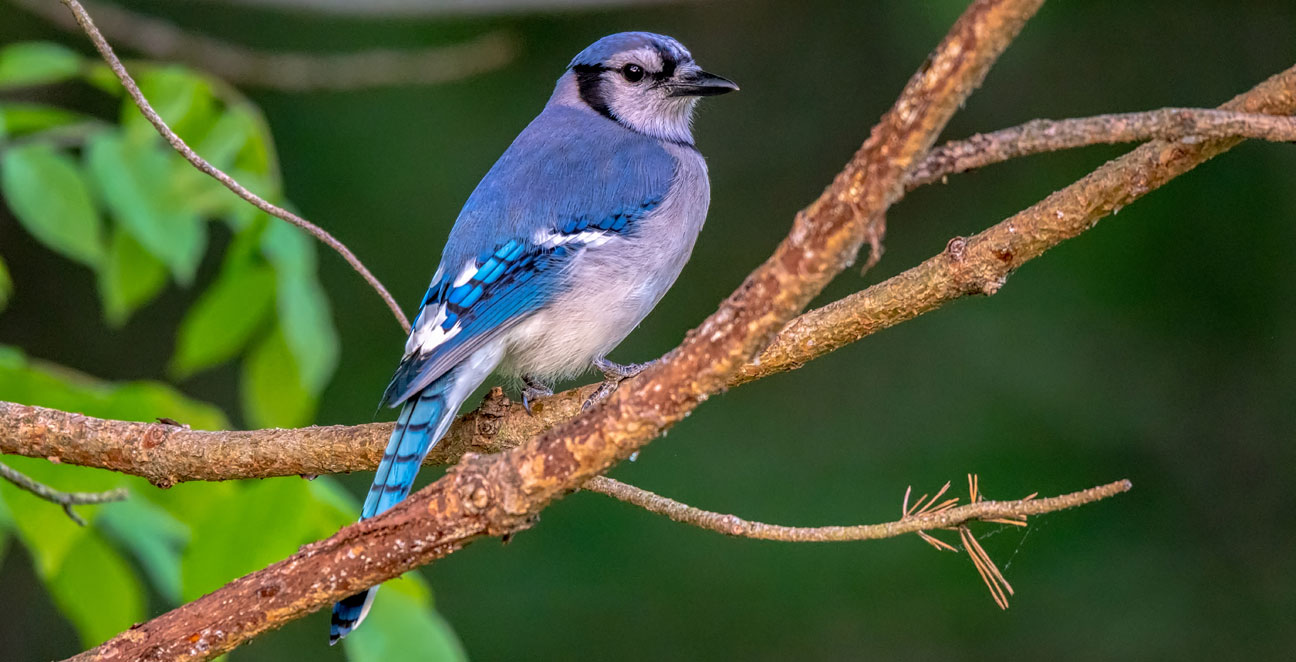
Mallard
Scientific Name:
Anas platyrhynchos
Length:
19.7-25.6 in (50-65 cm)
Weight:
35.3-45.9 oz (1000-1300 g)
Wingspan:
32.3-37.4 in (82-95 cm)
Nest:
The nest is shallow bowl of plant material gathered at the site, lined with down. During egg-laying phase, they line the nest with grasses, leaves, and twigs from nearby, and also pulls tall vegetation over to conceal the nest.
Eggs:
7-10, sometimes 5-15. Whitish to olive buff. Incubation is by female, 26-30 days.
Feeding Behavior:
The mallard is omnivorous and very flexible in its choice of food, and there are reports of it eating frogs, other amphibians, and fish, including carcasses. Their diet also includes seeds, stems, and roots of a vast variety of different plants, grasses, pondweeds, smartweeds, many others; also acorns and other tree seeds, various kinds of waste grain.
Young:
Leave nest within a day after hatching, are led to water by female. Young are tended by female but feed themselves. Age at first flight 52-60 days. 1 brood per year, perhaps rarely 2.
Range:
The mallard is widely distributed across the Northern and Southern Hemispheres. The mallard inhabits a wide range of habitats and climates, from the Arctic tundra to subtropical regions. It is found in both fresh- and salt-water wetlands, including parks, small ponds, rivers, lakes and estuaries, as well as shallow inlets and open sea within sight of the coastline.
Brief Description:
Male Mallards have a dark, iridescent-green head and bright yellow bill. The gray body is sandwiched between a brown breast and black rear. Females and juveniles are mottled brown with orange-and-brown bills. Both sexes have a white-bordered, blue secondary wing feathers patch in the wing. The mallard is a medium-sized waterfowl species that is often slightly heavier than most other dabbling ducks.